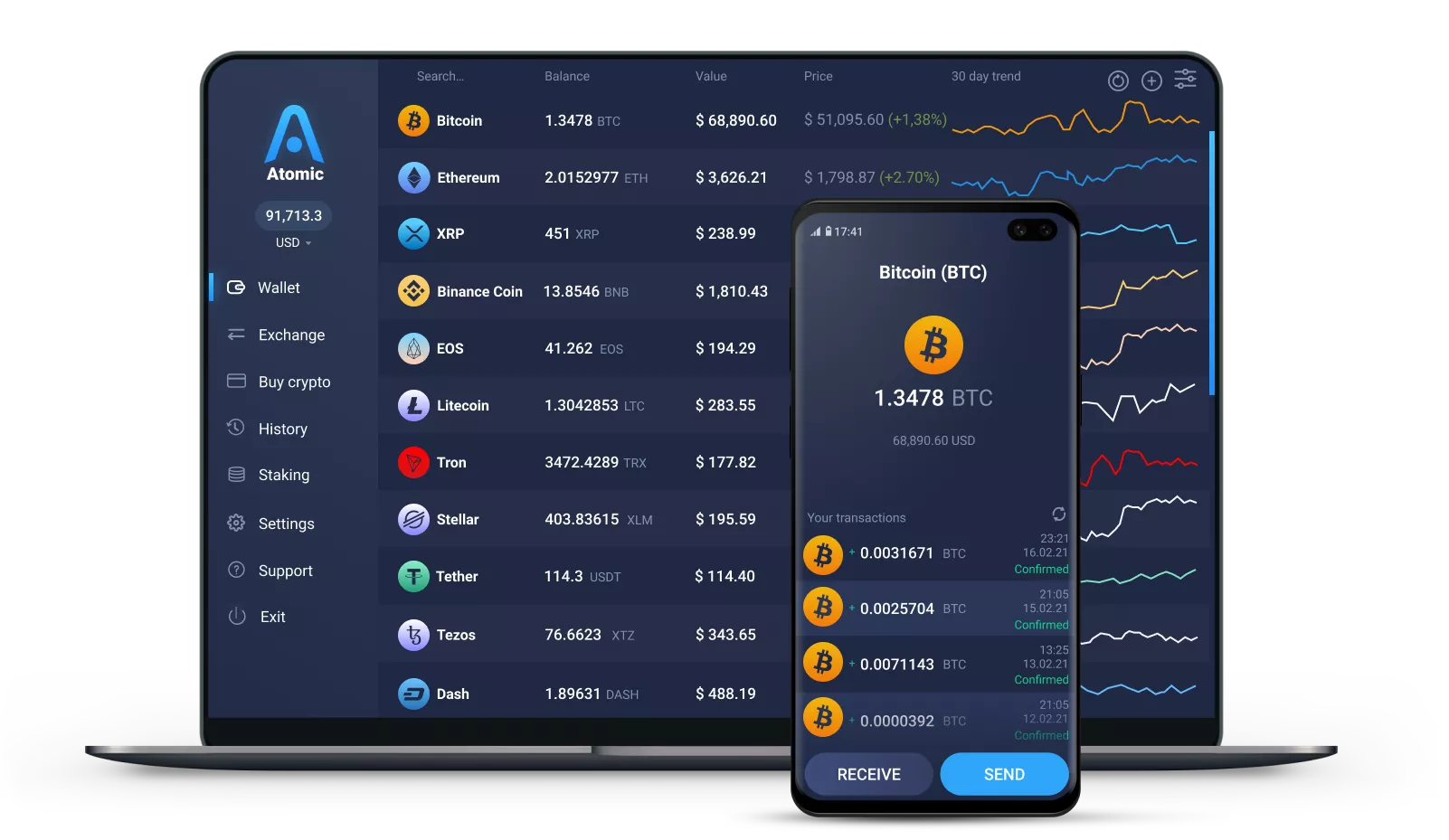Trusted Reviews
 CZ Binance
CZ Binance

Adoption. Thank you for the support @atomicwallet !
 Charlie Shrem
Charlie Shrem

Being able to exchange assets without a centralized service is awesome - atomicwallet.io
 John McAfee
John McAfee

Emailed their support and received an answer within ten minutes. Problem was taken care of. Wish eveyone provided such support. Thanks Atomic.
 FateOfCrypto
FateOfCrypto

If you are looking for a Multi-Asset Crypto Wallet, look into @atomicwallet! Much Respect to the team behind it...
 ernesto espiritu
ernesto espiritu

Personal favorite multi currency wallet. Very useful Coin Swapping exchange, exchange any coin to other coin, I normally used it for swapping my high value coins against small value coins...

Super Multi-Wallet. if there are problems , they do fast updates to solve things, Top. great support also. Go on like that, Respect.
Why Choose Atomic XRP wallet
Private
No registration and KYC required to use the app. We don't track your data
Secured
Your private keys are encrypted and never leave your device. Only you have control over your funds
24/7 Online Support
Fast support for your needs. Live chat and email support for customers from all over the globe.













